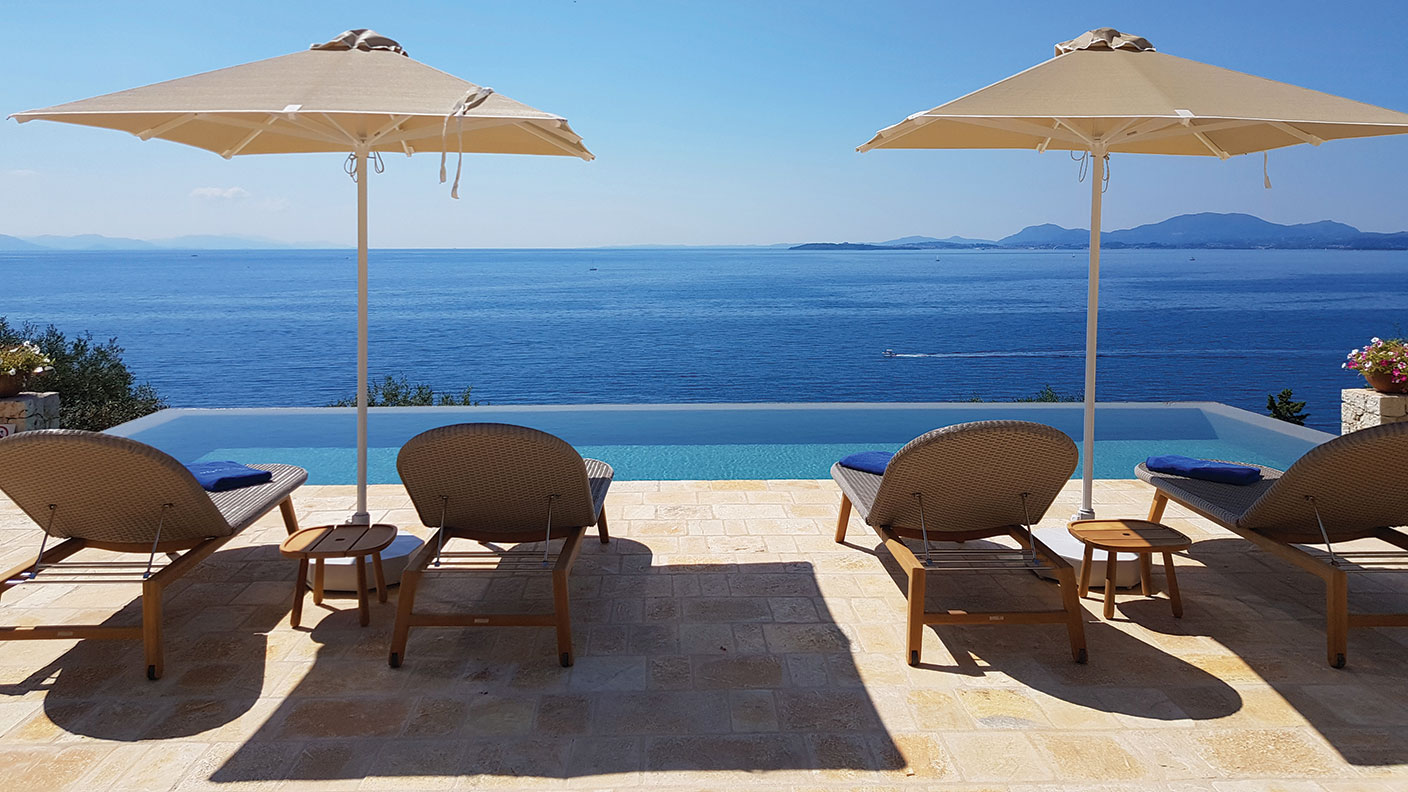Nikon Z50: an affordable, professional-quality camera
Nikon has expanded its range to appeal to more casual users. Matthew Partridge is impressed.


Until recently, if you wanted to buy a serious camera, you’d get a Nikon or a Canon, brands that dominated the market with a wide range of options for every budget. Competition from Fuji and Sony, however, as well as the fact that many people are now abandoning dedicated cameras in favour of smartphones, has forced Nikon to revamp its lineup. The result is its Z range of mirrorless cameras. The first two models, the Z6 and Z7, both released in 2018, were aimed at professionals; this Z50 is a budget version priced to appeal to more casual users.
The Z50 has many advantages over the previous generation of models (known as DSLRs). The biggest is that you can now shoot silently, which is useful if you’re in an environment where you’re not allowed to make a noise. Another is the autofocus system, which is much improved and can track moving objects and even automatically focus on the eyes of your subjects. Video quality has also been improved and there are special settings that allow you to make videos in a professional-quality format that can be further tweaked.
Nice pictures in all conditions
Nikon cameras are well known for producing quality photographs, even in low-light conditions, and the Z50 is no exception. I tested it in three different settings: the Canary Wharf Winter Lights festival, a Blackheath rugby match, and a comedy night. In each case I was impressed with the quality of the images produced. Even when I had to increase the ISO (light sensitivity) to compensate for the outside conditions, it still produced nice pictures.
MoneyWeek
Subscribe to MoneyWeek today and get your first six magazine issues absolutely FREE

Sign up to Money Morning
Don't miss the latest investment and personal finances news, market analysis, plus money-saving tips with our free twice-daily newsletter
Don't miss the latest investment and personal finances news, market analysis, plus money-saving tips with our free twice-daily newsletter
The only major negative is Nikon’s decision to use a new lens mount, rather than stick with the one that it used for its DSLRs. At the moment there are only a handful of lenses that will work directly with the new system, though it will hopefully release more in the near future. If you want to take advantage of the vast range of older Nikon lenses, which can be bought cheaply second hand, you’ll have to use a special FTZ adaptor. This isn’t that expensive and the adapted lenses work reasonably well, but it’s a bit fiddly to use and makes the whole system somewhat heavier.
If you are looking to buy an up-to-date camera that will enable you to take professional-quality photographs without spending too much money, then I’d definitely recommend the Z50. If there were more lenses in the range, and the video time limit were longer, then in the Z50, Nikon would have an unbeatable camera.
Price: body only, £849; with FTZ adaptor, £989, with 16-50 and 50-250 lenses, £1,199
Get the latest financial news, insights and expert analysis from our award-winning MoneyWeek team, to help you understand what really matters when it comes to your finances.

-
 Why it’s time to look to the market for retirement savings
Why it’s time to look to the market for retirement savings -
 Two million taxpayers to be hit by £100k tax trap by 2026/27
Two million taxpayers to be hit by £100k tax trap by 2026/27Frozen thresholds mean more people than ever are set to pay an effective income tax rate of 60% as their earnings increase beyond £100,000. We look at why, as well as how you can avoid being caught in the trap.
-
 Should you invest in rum?
Should you invest in rum?Analysis Old rum could be worth thousands of pounds. Is it worth auctioning off?
-
 10 cheapest countries to visit
10 cheapest countries to visitTravel We look at the cheapest countries to visit where your money will stretch the furthest without compromising on quality
-
 The best credit cards for cashback
The best credit cards for cashbackThe best credit cards for cashback can help you earn rewards on everyday spending. We list some of the top deals on the market
-
 A South African adventure
A South African adventureReviews From buzzy Johannesburg to big game drives, South Africa has it all, says Katie Monk
-
 Villa Gaia Rock: perfect harmony in Corfu
Villa Gaia Rock: perfect harmony in CorfuReviews Blend in with your surroundings at the new Villa Gaia Rock in Corfu.
-
 Holiday reading: five books to make sense of the 1970s – and the 2020s
Holiday reading: five books to make sense of the 1970s – and the 2020sReviews With raging inflation, booms, busts and political crises, the 1970s has a reputation as a relentlessly awful decade. But things aren’t that simple, says Merryn Somerset Webb. Here, she picks five books to put it all in context.
-
 Indulge your wild side with a safari in deepest Kent
Indulge your wild side with a safari in deepest KentReviews Get up close to the animals at Port Lympne Hotel and Reserve, says Matthew Partridge
-
 Two stunning Sicilian villas
Two stunning Sicilian villasReviews There is so much to see in Sicily, says Chris Carter. Villa stays allow you to take it all in.